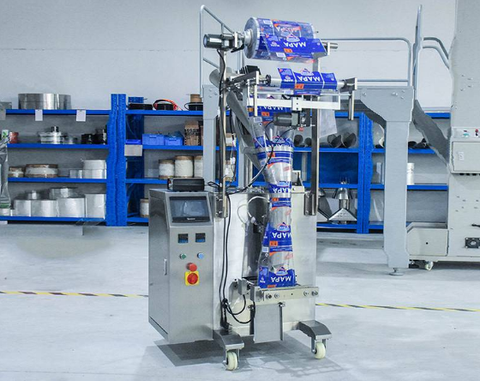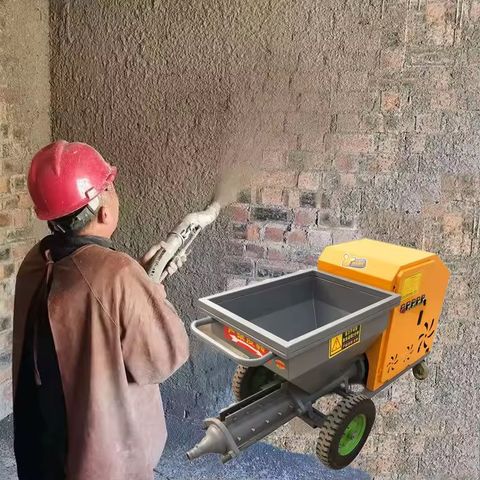Cosmetic Manufacturing Guide: Learn Essential Processes, Formulation Tips, and Quality Standards
Cosmetic manufacturing refers to the process of designing, formulating, producing, and packaging products intended for application to the human body — such as skincare creams, hair-care items, makeup, lotions, and other personal care products. These are products applied for cleansing, beautifying, promoting attractiveness, or altering appearance.
This field exists to meet consumer demand for safe, consistent, and reliable products that improve appearance or personal grooming. Behind every jar or bottle lies a chain of activities: material sourcing, formulation, testing, manufacturing, packaging, and regulatory compliance. Good manufacturing ensures that the final product meets required safety and quality standards, and performs as expected.

Importance – Why This Topic Matters Today, Who It Affects, and What Problems It Solves
Cosmetic manufacturing affects multiple stakeholders — consumers, brands, manufacturers, and regulators.
-
For consumers: Proper manufacturing reduces risks such as contamination, incorrect labeling, or irritation.
-
For manufacturers and brands: Quality processes maintain trust, prevent recalls, and ensure consistency.
-
For regulators: Compliance ensures products on the market are safe and truthful in labeling.
The growing awareness of ingredient safety, sustainability, and ethical sourcing has made manufacturing more complex. Modern consumers seek transparency about what goes into their cosmetics and expect environmentally responsible production. High-quality manufacturing helps solve these challenges while maintaining safety and efficacy.
Recent Updates – Changes, Trends, or News from the Past Year
Recent years have brought significant changes to cosmetic regulations and manufacturing trends.
-
In the United States, the Modernization of Cosmetics Regulation Act (MoCRA) has expanded FDA oversight. As of mid-2024, new registration requirements apply to facilities and products. The act strengthens rules for safety substantiation, adverse-event reporting, and labeling.
-
In India, the Cosmetics (Amendment) Rules, 2025 introduced updates to the existing Cosmetics Rules, 2020 under the Drugs & Cosmetics Act, 1940. The amendment clarified definitions for “expiry date,” and allowed regulatory authorities to suspend or cancel manufacturing licenses to improve oversight.
-
Globally, cosmetic manufacturers are focusing on Good Manufacturing Practices (GMP), ingredient traceability, and ethical sourcing.
-
Trends such as clean beauty, plant-based actives, eco-friendly packaging, and small-batch production continue to influence new product development.
-
Digital tools and automation are increasingly being used to monitor batch quality, ensure consistency, and improve traceability across the production chain.
These updates reflect a growing emphasis on product safety, transparency, and accountability.
Laws or Policies – How Manufacturing Is Affected by Rules, Regulations, or Government Programs
Cosmetic manufacturing operates under strict regulations to ensure safety and quality.
United States:
The Food and Drug Administration (FDA) regulates cosmetics under the Federal Food, Drug, and Cosmetic Act and the Fair Packaging and Labeling Act. The MoCRA law requires facility registration, product listing, adverse-event reporting, and safety substantiation.
India:
In India, cosmetics are regulated under the Drugs & Cosmetics Act, 1940 and the Cosmetics Rules, 2020. The 2025 amendment strengthened definitions and introduced stricter licensing provisions. Manufacturers and importers must register with the Central Licensing Authority before selling products in the market.
European Union:
The European Regulation 1223/2009 sets comprehensive requirements for safety assessments, labeling, and ingredient restrictions. Each cosmetic product must have a designated “responsible person” ensuring compliance.
International Standards:
ISO standards such as ISO 22715 (Packaging and Labeling) provide global guidelines for manufacturing consistency. Compliance with GMP standards ensures proper documentation, facility hygiene, staff training, and batch traceability.
Tools and Resources – Helpful Tools, Apps, Websites, Templates, or Services
Professionals and students in the cosmetic manufacturing field can benefit from various tools and resources:
-
Regulatory References:
-
National and regional regulatory authority portals (FDA, CDSCO, EU Commission) provide official updates on labeling, safety, and formulation rules.
-
-
Formulation and Quality Tools:
-
Batch record templates to document ingredient weights, mixing steps, and filling details.
-
Stability-testing schedule calculators to plan time-points such as 3, 6, and 12 months.
-
Ingredient traceability logs to maintain supplier information and certificate records.
-
-
Software Solutions:
-
Quality management systems (QMS) for handling deviations, audits, and CAPA actions.
-
Manufacturing execution systems (MES) for digital batch tracking.
-
-
Industry Education:
-
Webinars, workshops, and conferences organized by cosmetic associations and regulatory agencies.
-
Online databases that provide ingredient safety data and formulation guidance.
-
-
Laboratory Testing Services:
-
Microbiological, chemical, and stability testing labs support manufacturers with quality assurance and shelf-life evaluation.
-
These resources help maintain compliance and streamline manufacturing operations.
FAQs – Frequently Asked Questions
Q1. What is the difference between a cosmetic and a drug?
A cosmetic is intended for cleansing or beautifying the body, while a drug is meant to diagnose, treat, or prevent disease. If a product makes therapeutic claims, it is regulated as a drug, even if applied like a cosmetic.
Q2. What are the main stages of cosmetic manufacturing?
Typical stages include:
-
Concept and formulation development
-
Raw-material sourcing and supplier qualification
-
Pilot batch and stability testing
-
Full-scale manufacturing and filling
-
Quality control and labeling before release
Q3. What is Good Manufacturing Practice (GMP) in cosmetics?
GMP is a system that ensures consistent product quality and safety. It covers hygiene, equipment maintenance, documentation, training, and corrective-action protocols. Compliance prevents contamination and ensures reproducible results.
Q4. What quality tests are performed on cosmetic batches?
Common tests include:
-
Physical tests: viscosity, color, spreadability
-
Chemical tests: pH, preservative efficacy, ingredient purity
-
Microbiological tests: detection of pathogens and microbial limits
-
Stability tests: evaluating temperature, humidity, and packaging compatibility
-
Packaging tests: verifying seal integrity and durability
Q5. How do regulatory changes affect manufacturers?
New regulations can require updated documentation, revised formulations, and stricter reporting. For example, recent laws in the US and India have introduced new facility registration and labeling rules. Staying updated with such regulations helps avoid non-compliance issues.
Conclusion
Cosmetic manufacturing is a multidisciplinary process combining chemistry, engineering, quality assurance, and regulation. It ensures that every product reaching consumers is safe, consistent, and effective.
Modern manufacturers must balance innovation with compliance, sustainability, and transparency. As new technologies like digital quality management and automated tracking emerge, they help strengthen process control and consumer trust.
Understanding the essential processes, formulation principles, and quality standards enables anyone involved in the cosmetic sector to produce safer, high-quality products that align with current global regulations and consumer expectations.







